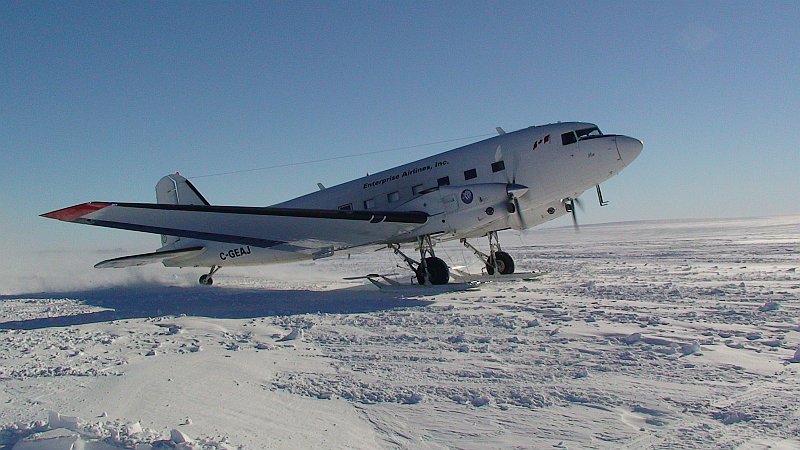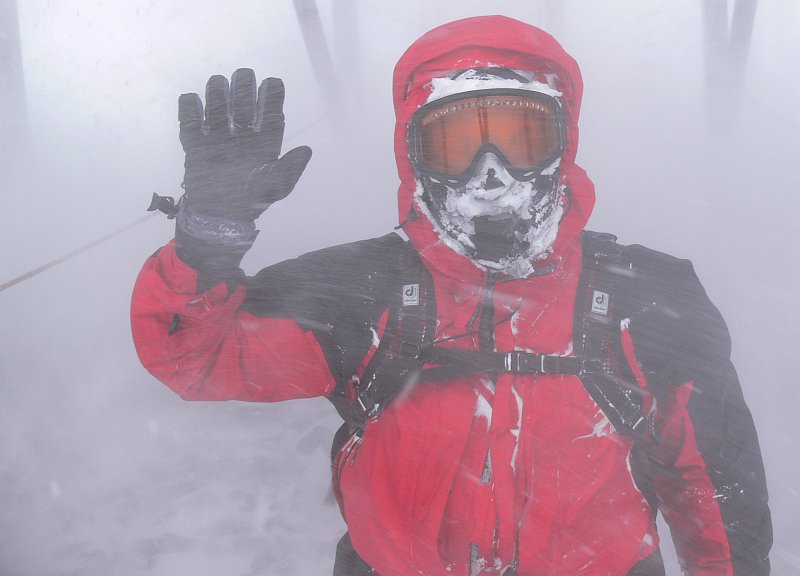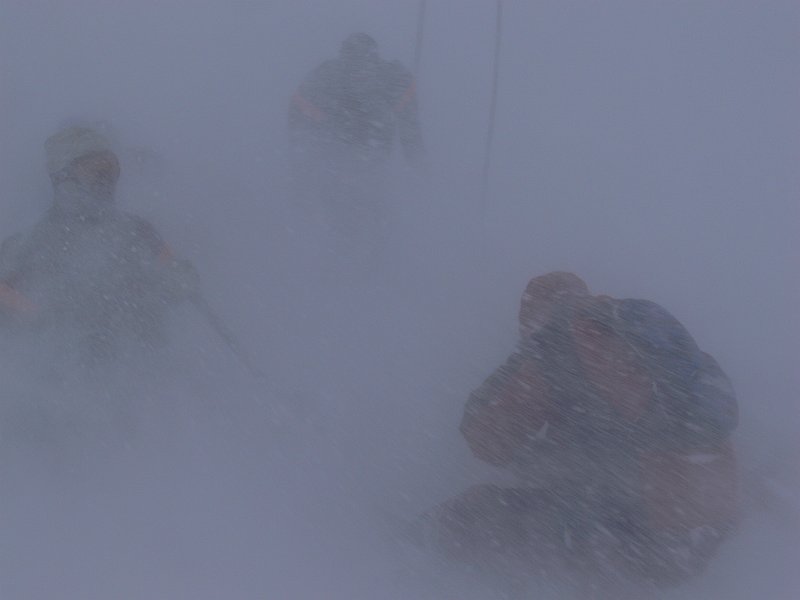
Today had special poignancy and significance – it was the last time we saw other people for the next 10 months.
The recent bad weather – despite being plenty of fun – resulted in a scheduled flight via SANAE being diverted to another base. This was unfortunate for us, as the aircraft was scheduled to bring important medical, electronic and mechanical supplies. Luckily, the company (ALCI) supporting the local Dronning Maud Land Air Network (DROMLAN) took this into account and scheduled a quick stop at SANAE to drop off the cargo.
Flight operations are always exciting here in Antarctica. On top of the pleasure of having company – however brief – there is the technical challenge of safely operating aircraft in austere conditions. The whole team is involved; we must smooth the 1200m runway with heavy machinery, plant flags, erect a wind-sock, ready fuel, man radios and provide weather information. The aircraft used for the DROMLAN flights are specially-equipped ‘Baslers’, able to operate in the cold temperatures and land on ski’s. Flown predominantly by pilots from Canada, they operate in the Antarctic during the southern summer and then fly to the high northern latitudes for the rest of the year.
Today’s stopover was one of the very last flights for the season – after visiting us at SANAE, the planes are scheduled to fly on to Neumayer, thence Halley, Rothera (on the Antarctic Peninsula) and then to Punta Arenas in South America. Due to deteriorating weather at Neumayer, we almost had the pleasure of the flight crew’s company overnight, but they were able to land with the Germans (to our disappointment). I guess it’s a tough choice between South African wine and German beer 😉
Witnessing an Antarctic take-off or landing is quite special, and spectacular. The largest cargo and groups of passengers are flown from Cape Town to Novolazarevskaya, about 500 km to our east, by the massive Russian-built Ilyushin IL-76 transport aircraft. ‘Novo’ features a large expanse of smooth blue ice which acts as a runway. From there, the Baslers fly to the bases, landing on smoothed snow and ice where available. The aircraft makes a pass over the runway, getting wind and snow conditions information from us on the ground over the radio, and then throttles back for landing. As she touches down, the snow billows and thrust is reversed to counter the inevitable slide. Once safely on the ice (a far cry from terra firma) the aircraft taxis into position at the start of the runway. Refuelling is undertaken as quickly as possible before the engines cool, while we unload cargo, serve the flight crew a hot drink, and bask in the temporary pleasure of new company. Over the course of the season, we come to know the crews, and look forward to their news in strange accents. Sometimes they bring a package from home, lovingly wrapped by the hands of family and friends – little do the crews know how much this means to us, isolated for so long. All too soon, however, they are closing the doors and powering up the turbines. Snow flies back from the aircraft, and then she springs forward, thundering down the runway and lifting off into frigid air. The horizon clears, the sound is gone, and we are alone again.
What will ten months of solitude yield?


